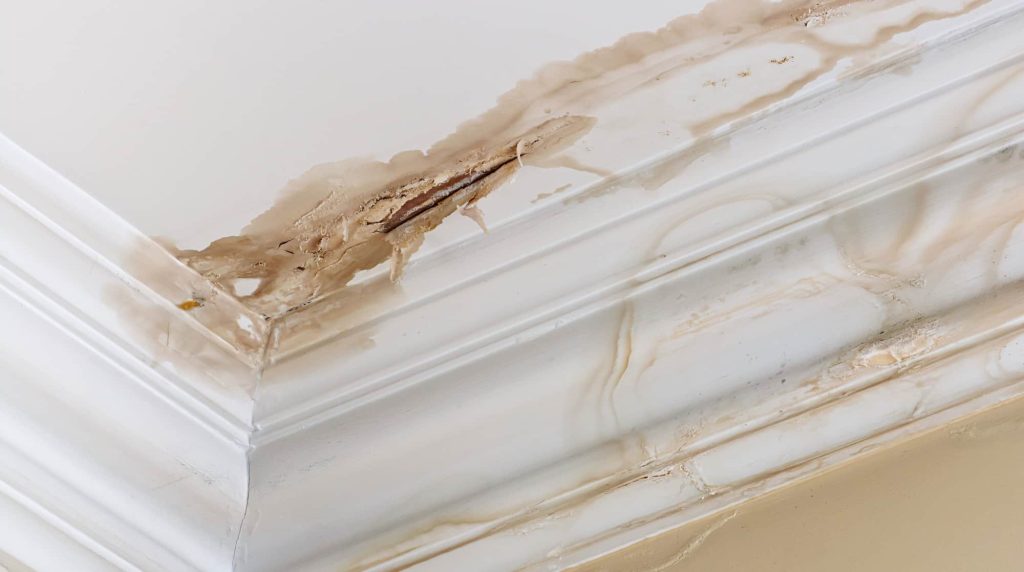Dealing with a leaking ceiling in your rented space? Explore the complexities of “Leaking Ceiling in Rented Property” and learn how to navigate this common issue to ensure a prompt and effective resolution.

The Unwelcomed Drip: Leaking Ceiling In Rented Property
Uncover the causes, responsibilities, and steps to take when faced with a leaking ceiling in a rented property.
Identifying the Signs: Leaking Ceiling In Rented Property
Recognize the early indicators of a leaking ceiling and take proactive measures to address the issue.
- Water Stains and Discoloration: Water stains or discoloration on the ceiling are telltale signs of a leak. Pay attention to any changes in the ceiling’s appearance.
- Dripping Sounds: Audible dripping sounds or the sensation of water droplets falling are clear indications of an active leak. Investigate the source promptly.
- Mold or Mildew Growth: Moisture from a leaking ceiling can lead to mold or mildew growth. If you notice these signs, it’s crucial to address the leak promptly to prevent further damage.
Understanding Responsibilities: Leaking Ceiling In Rented Property
Clarify the responsibilities of tenants and landlords when it comes to addressing a leaking ceiling in a rented property.
- Landlord’s Responsibilities: Landlords are typically responsible for structural repairs, including fixing leaks in the roof or ceiling. Contact your landlord immediately to report the issue and request repairs.
- Tenant’s Responsibilities: Tenants are responsible for notifying the landlord promptly about any signs of a leaking ceiling. Timely reporting helps prevent further damage and demonstrates a commitment to maintaining the property.
- Temporary Mitigation: In the interim, tenants can take steps to mitigate potential damage. Place buckets under active leaks, move belongings away from affected areas, and document the damage with photos for reference.
Resolving the Issue
Explore the steps to take when addressing a leaking ceiling, ensuring a swift and effective resolution.
- Report the Issue Promptly: As soon as you notice a leaking ceiling, report the issue to your landlord or property management. Provide detailed information about the location and severity of the leak.
- Document the Damage: Document the damage with photos and written descriptions. This documentation may be crucial for insurance claims or future discussions with your landlord.
- Allow Access for Repairs: Cooperate with your landlord or maintenance personnel to facilitate prompt repairs. Timely access to the property allows for a quicker resolution of the issue.
Preventing Future Leaks
Implement preventative measures to minimize the risk of future leaks and protect your rented property.
- Regular Inspections: Conduct regular inspections of your rented property to identify potential issues early on. This proactive approach can prevent minor leaks from escalating into significant problems.
- Communicate Effectively: Maintain open communication with your landlord. Report any signs of water damage promptly and work together to address and resolve issues in a timely manner.
- Tenant Insurance: Consider obtaining renter’s insurance to protect your personal belongings in the event of water damage. While it may not cover structural repairs, it can provide financial assistance for damaged personal property.
Conclusion: Resolving Leaking Ceiling Woes in Rented Properties
In conclusion, addressing a leaking ceiling in a rented property requires prompt action, effective communication with your landlord, and collaboration to facilitate repairs. By understanding the signs, responsibilities, and preventative measures, tenants can navigate this common issue and ensure a safe and well-maintained living environment. Remember, a leaking ceiling is not just a nuisance but a potential threat to the integrity of the property, making timely resolution essential for both tenants and landlords.